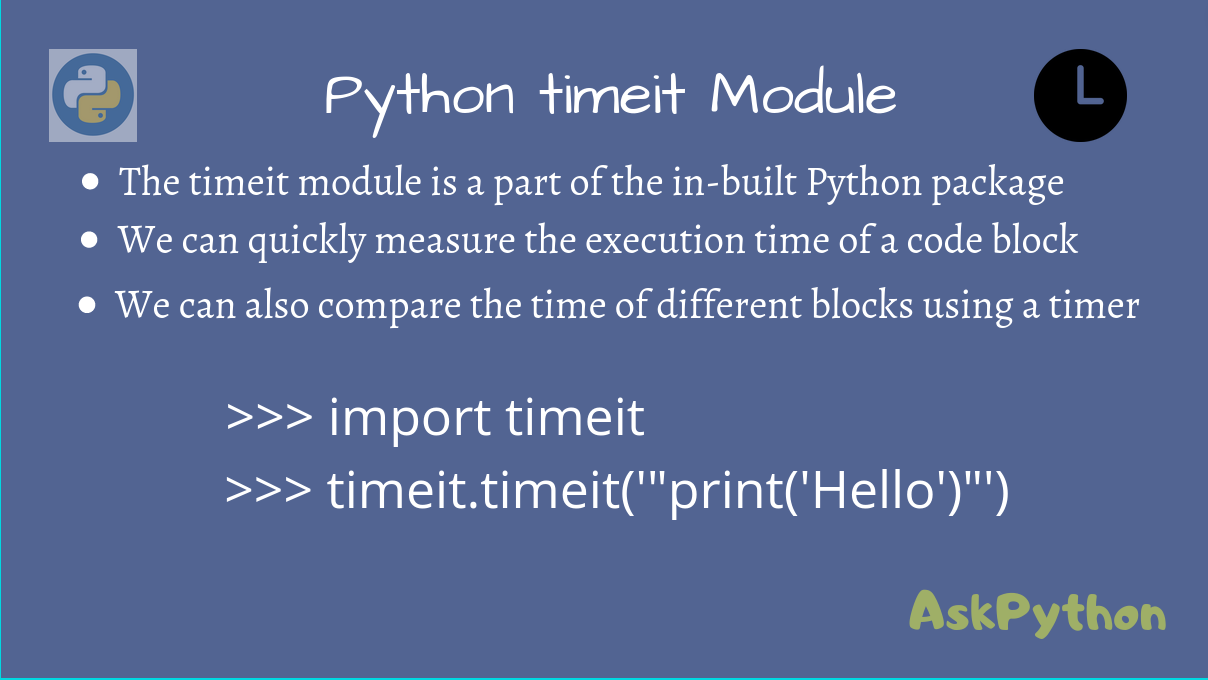

The hash (#) works with only a single line of code and not on multi-line code. Single-line comments, also called block comments, start with a hash sign (#) followed by a single space and a text string. Python uses the identations as a way to find where a code block starts and ends.
#PYTHON CODE BLOCKS HOW TO#
Let us look into details on how to use these comments in Python code with examples. Python is very unique because the indentation is much more than a 'best practic' - it is an inherent part of the language. There are three kinds of comments we can use in Python. Python interpreter ignores the comments while executing the code and only interprets the code. Then we need to document it using the comments that explain what the code does, thus improving the readability of the code in Python. Step 1 Defining our Blockchain class + variables (Here’s the code if you’d like to follow along)First step: imports We’ll need hashlib for the encryption, JSON to format our blocks, and. Code blocks may textually contain other code blocks. Some code blocks (like modules) are normally executed only once, others (like function bodies) may be executed many times.

I am using ArcPro, so I know the version of Python that it uses is different than ArcMap's, but that is literally all I know. Python source code blocks in Org Mode can be used to define functions, filter and analyze data, create graphics and figures, and produce reproducible. Any kind of functionality can be added by installing/coding a plugin. Built around a plugin framework, Code::Blocks can be extended with plugins. It is designed to be very extensible and fully configurable.
#PYTHON CODE BLOCKS FREE#
Code::Blocks is a free C/C++ and Fortran IDE built to meet the most demanding needs of its users. No previous programming experience is required for these tutorials. Here are the two bits I have tried to run and have gotten nowhere with both:Įxpression = "getClass(!ContactName!, Email!)"Ĭodeblock = """def getClass(ContactName, Email):Īrcpy.CalculateField_management(out_feature_class, fieldName, expression, "PYTHON_9.3", codeblock) Code::Blocks The free C/C++ and Fortran IDE. Code the Blocks (CTB) combines the fun of playing with Lego blocks with the power of Python. I have searched and searched already for previous examples and have tried to write several bits to try to accomplish this but to no avail. File Manager plugin: As an alternative to setting up Code::Blocks projects for your python programs, just interact with your code using the files tab. I would like to add more cases to cover more bases, but only spelt out those 3 for brevity. The logic behind this would essentially be:

I have a dataset for utility work permits and we recently started tracking applicant email addresses so I am looking for help in writing a script for the Code Block field to do the bulk of the work of populating emails for the applicants that have more than one permit.


 0 kommentar(er)
0 kommentar(er)
